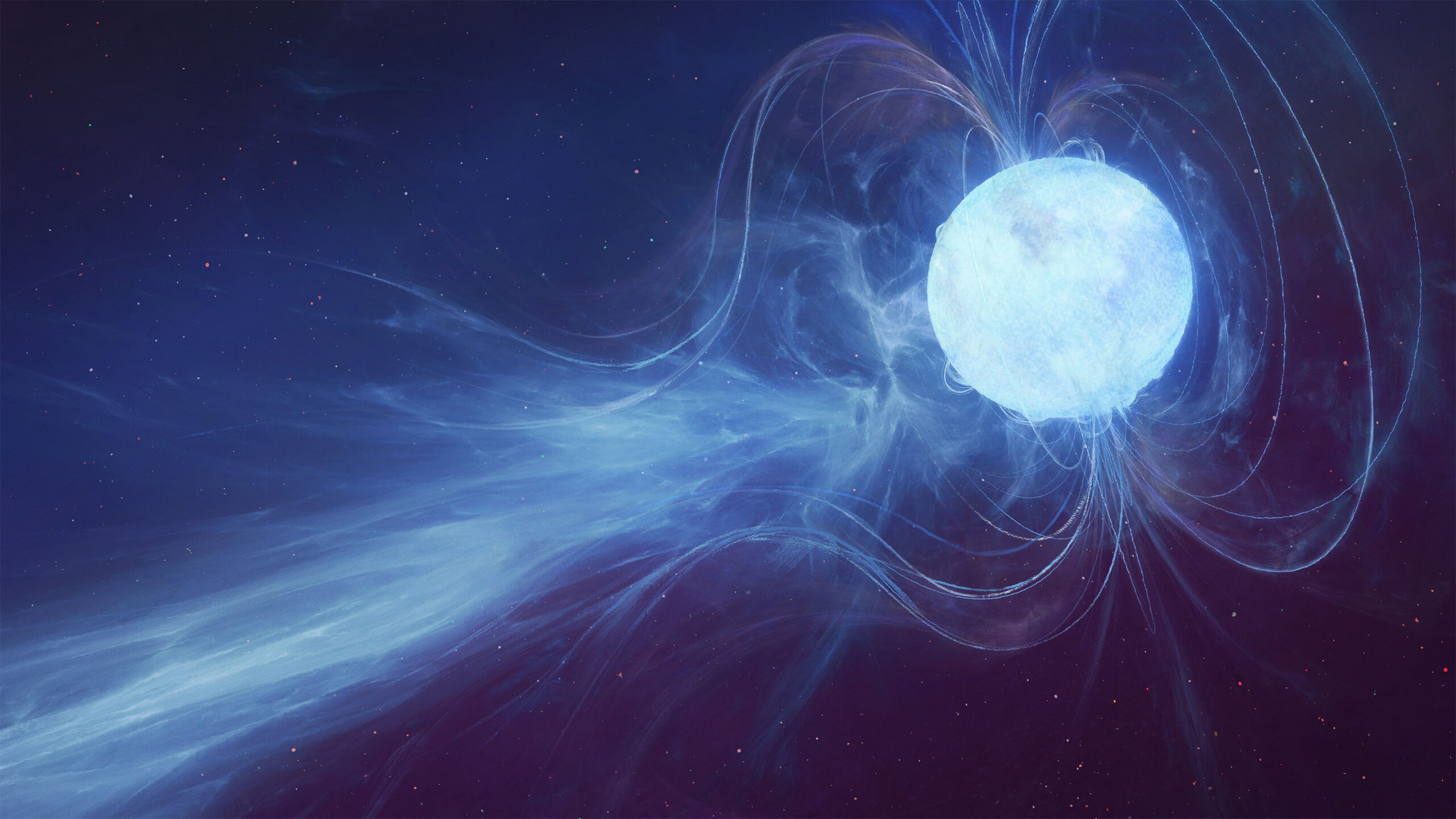Fast radio bursts (FRBs) are one of the most intriguing mysteries of the universe. They are intense flashes of radio waves that last only a few milliseconds. But they release more energy than the sun does in three days. They come from all over the sky, and some of them even repeat. But what causes them, and what can they tell us about the cosmos?
What are FRBs and how are they detected?
- FRBs were first discovered in 2007 when astronomers noticed a bright burst of radio waves in the data from the Parkes radio telescope in Australia.
- Since then, hundreds of FRBs have been detected by various radio telescopes around the world, such as CHIME, ASKAP, and FAST.
- FRBs are very difficult to observe because they are so brief and so weak. By the time they reach Earth, they are about a thousand times weaker than a mobile phone signal from the moon.
- To detect them, astronomers need large, sensitive radio telescopes that can scan large areas of the sky and record huge amounts of data. Even then, most FRBs are missed, and only a fraction of them are localized to their source galaxies.
What causes FRBs and where do they come from?
The origin of FRBs is still unknown, and there are many possible explanations. Some of the leading candidates are:
- Magnetars: These are highly magnetized neutron stars, the remnants of massive stars that exploded in supernovas. Magnetars have extremely powerful magnetic fields, up to a quadrillion times stronger than Earth’s. They can produce flares and bursts of radiation that could explain some FRBs, especially the repeating ones.
- White dwarf mergers: These are collisions between two faint, dense stars that are the final stages of low-mass stars like our sun. When two white dwarfs orbit each other closely, they can spiral in and merge, releasing a burst of gravitational waves and electromagnetic radiation, including radio waves.
- Blitzars: These are hypothetical objects that are formed when a massive, rapidly rotating neutron star collapses into a black hole. The collapse would create a shock wave that could generate a powerful radio burst, followed by a gamma-ray burst.
- Galaxy collisions: These are events where two or more galaxies collide and merge, triggering intense star formation and activity in their cores. The resulting supernovas, black holes, and jets of plasma could produce FRBs, either individually or collectively.
FRBs can come from anywhere in the universe, but most of them are very distant, billions of light-years away. This means that they can travel for billions of years before reaching Earth and that they can carry information about the intergalactic medium, the diffuse gas and dust that fills the space between galaxies. By studying how FRBs are distorted and delayed by the intergalactic medium, astronomers can learn more about their properties and distribution, and even measure the expansion rate of the universe.
What are the latest discoveries and trends in FRB research?
FRB research is a fast-growing and exciting field, with discoveries and surprises happening every year. Some of the recent highlights are:
| FRB | Date | Distance | Source | Feature |
|---|---|---|---|---|
| FRB 20231201A | December 2023 | 13 billion light-years | Young galaxy | First FRB detected by James Webb Space Telescope. Complex spectrum with multiple peaks and dips. |
| FRB 20231015A | October 2023 | 2 billion light-years | Dwarf galaxy | First FRB detected by FAST telescope in China. Very high polarization, indicating a highly magnetized source. |
| FRB 20230823B | August 2023 | 50,000 light-years | Globular cluster | First FRB detected by Square Kilometre Array. Very faint, but very frequent, repeating every few minutes. Associated with a pulsar orbiting a white dwarf. |
| FRB 20231201A | December 2023 | 13 billion light-years | Young galaxy | First FRB detected by James Webb Space Telescope. Complex spectrum with multiple peaks and dips. |
Conclusion
FRBs are fascinating phenomena that challenge our understanding of the universe and its extreme events. They are also valuable tools that can help us probe the intergalactic medium and the cosmic expansion. As more and more FRBs are detected and localized, we can expect to learn more about their nature and diversity, and maybe even solve the mystery of their origin.
Check out more articles!








